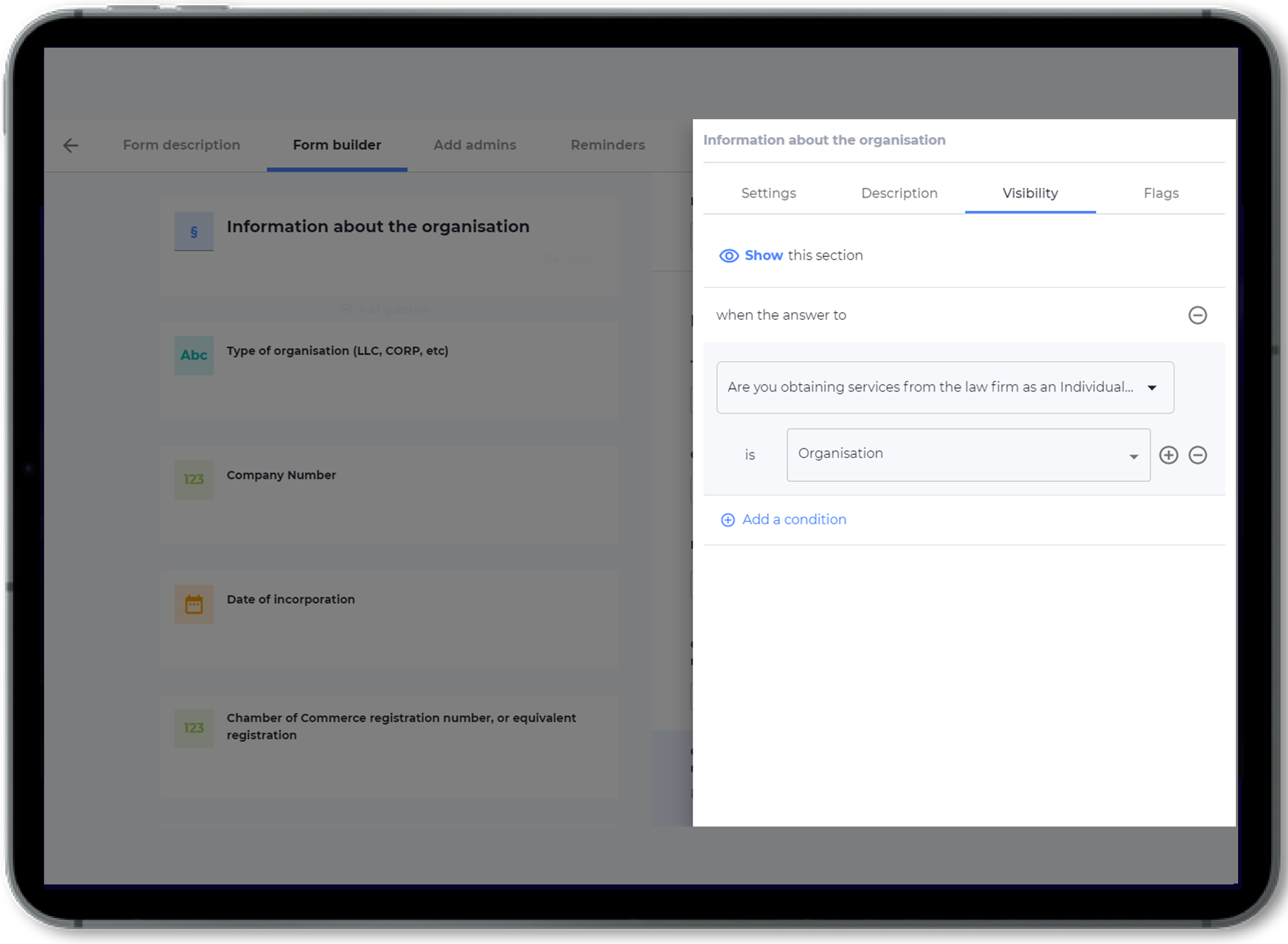National illicit finance strategy – high-level priorities
On 13 May 2022, the US Department of Treasury published its 2022 National Illicit Finance Strategy. The strategy aims to strengthen the country’s existing anti-money laundering / combating financial terrorism framework. The strategy outlines four high-level priorities:
Priority 1: Increase transparency in the U.S. anti-money laundering / combating financial terrorism framework
The US Treasury will focus on identifying and closing gaps that might make the U.S. financial system susceptible to illicit activity. This will include greater transparency of Ultimate Beneficial Owner information for legal entities formed in the US, and the extension of Anti Money Laundering and Criminal Finance checks for additional industries and sectors.
Priority 2: Improving the existing anti-money laundering / combating financial terrorism frameworks
The US Treasury acknowledged that the existing anti-money laundering and combating financial terrorism frameworks are outdated and it plans to update reporting requirements and thresholds and put a new focus on nonbank financial institutions.
Priority 3: Strengthening the regulatory and law enforcement agencies
The Treasury wants to strengthen the investigative and enforcement tools available to U.S. authorities. This will include increasing the communication between financial institutions, government agencies, and international bodies. They will also be taking a leadership role within international bodies such as the Financial Action Task Force (FATF).
Priority 4: Support tech innovation
The Treasury recommend using technology to improve private sector anti-money laundering / combating financial terrorism compliance, including through AI or data analytics
The new strategy is an important step in the US’s effort to update its anti-money laundering / combating financial terrorism regime. It is not yet clear exactly how the rules will evolve. Still, it is essential that all institutions with operations in the US realise that there might soon be serious regulatory obligations in relation to anti-money laundering and combatting financial terrorism compliance.
VinciWorks’ AML compliance suite

VinciWorks strives to make its AML compliance more than simply a tick-box exercise. Our AML courses are packed with realistic scenarios, real-life case studies and every customisation option you can think of. We have everything from in-depth induction training to refresher courses and five-minute knowledge checks.
Further, law firms, accountancy firms and financial corporations are required to conduct risk assessments, client due diligence (CDD) and ongoing monitoring of their clients. The precise processes for CDD and risk assessments are often complex and vary greatly, depending on industry and jurisdiction. Organisations using static forms to onboard clients can often struggle to implement systems which adequately incorporate all the interconnected requirements of these two vital AML components.
Omnitrack’s AML onboarding solution enhances both the risk assessment and document collection aspects of client onboarding. Our template workflows adapt to the specific risks posed by each client, based on factors such as jurisdiction, type of entity and industry.








